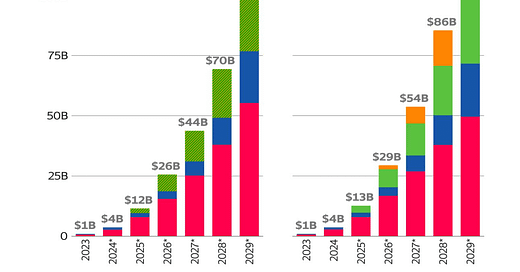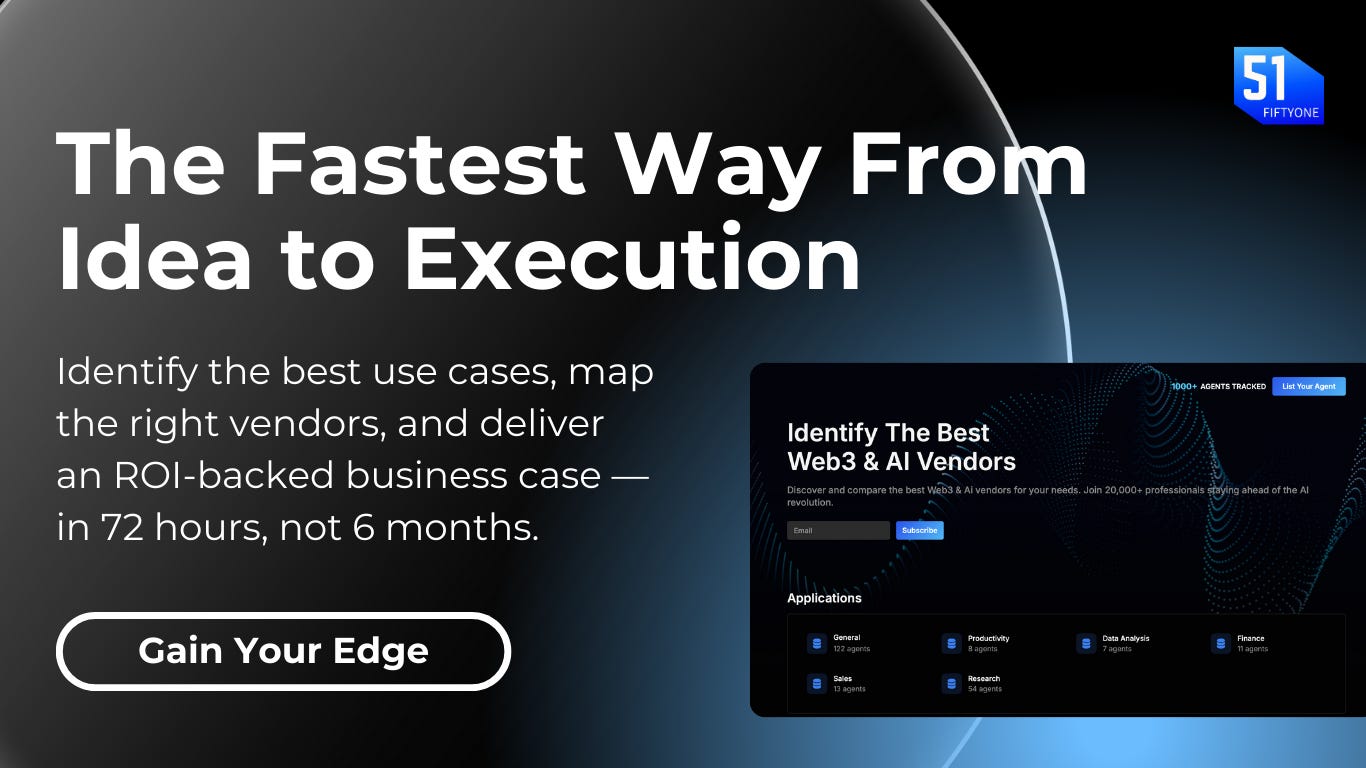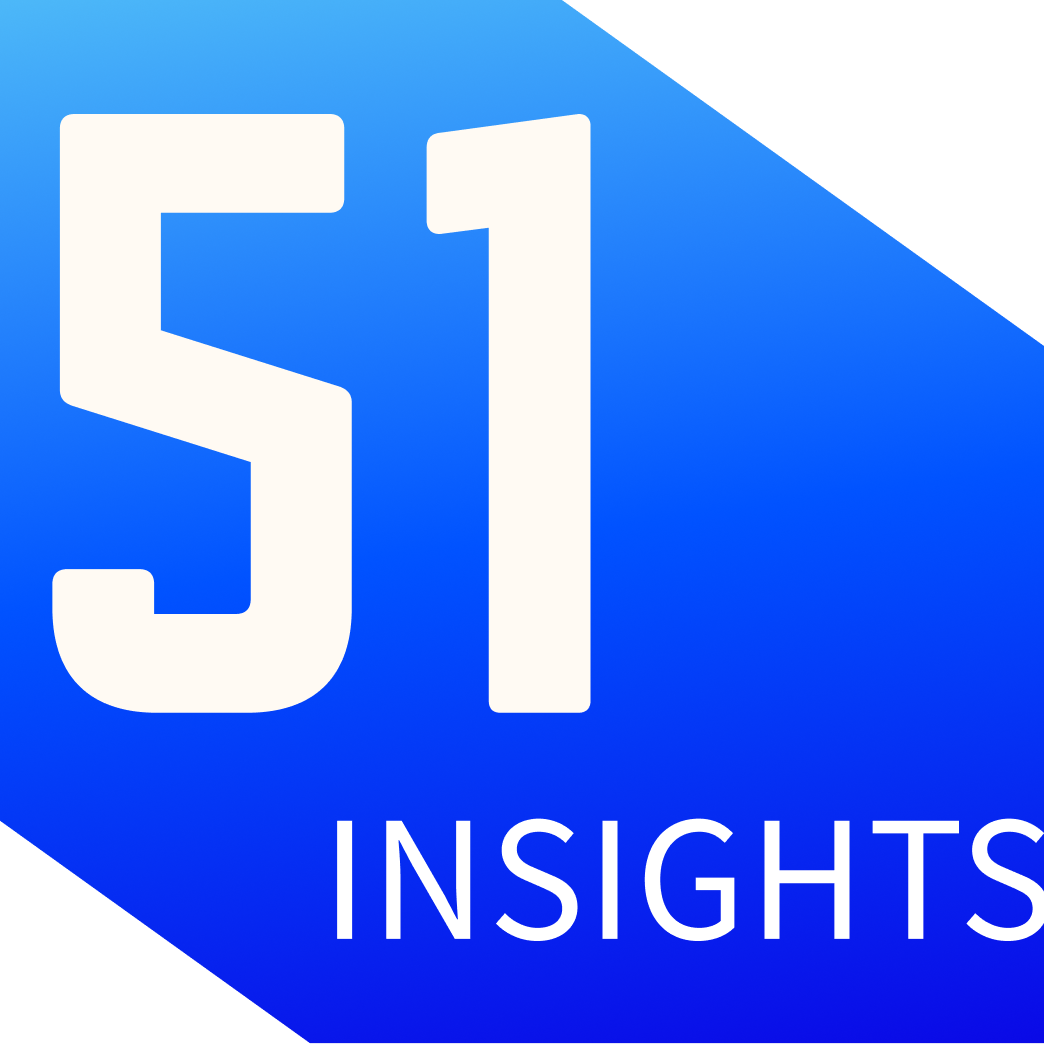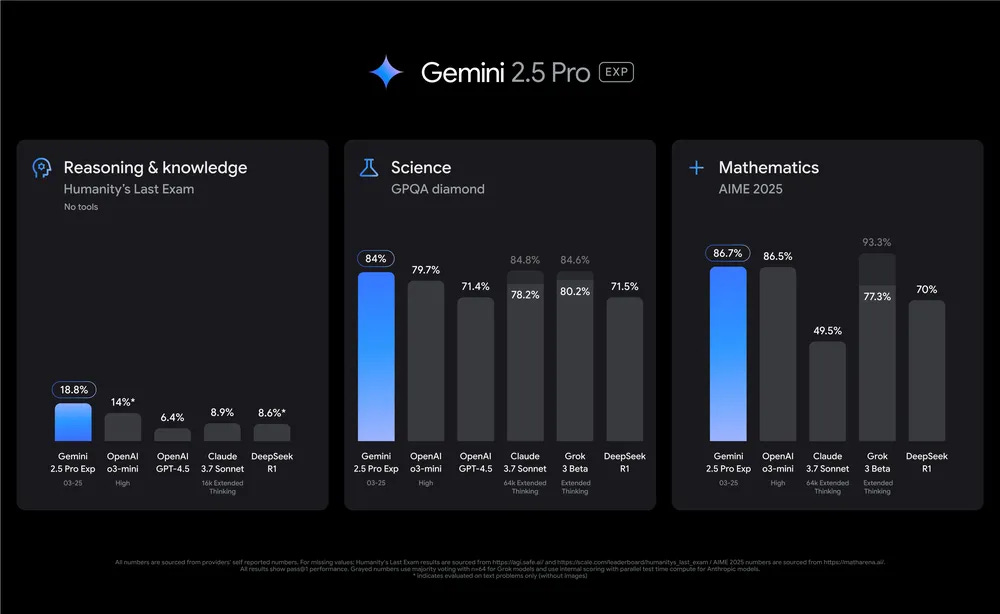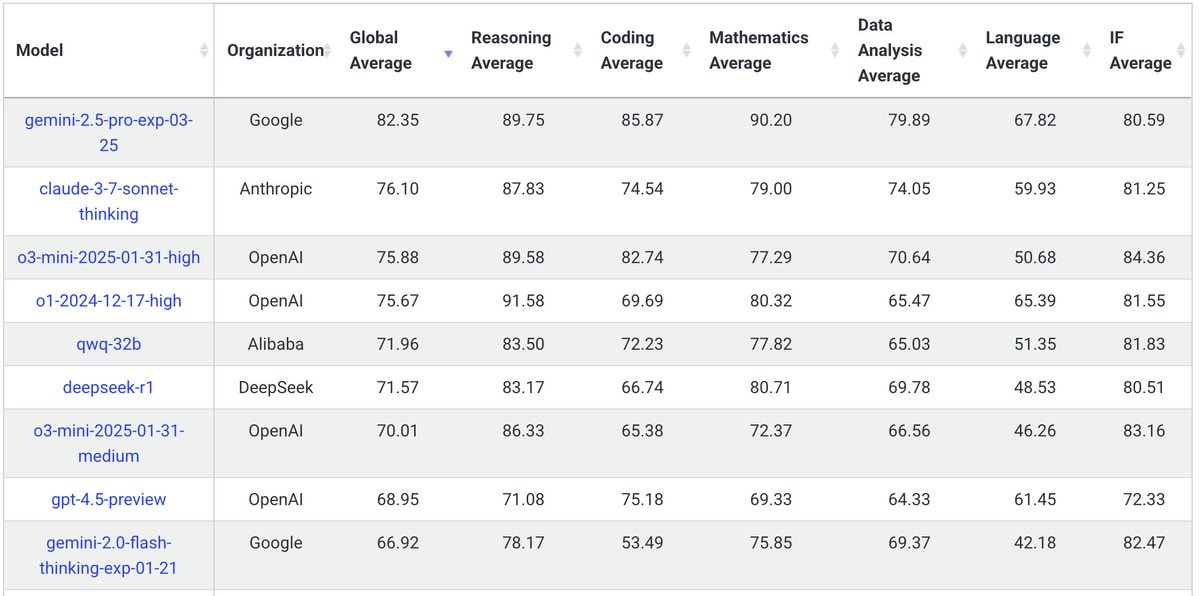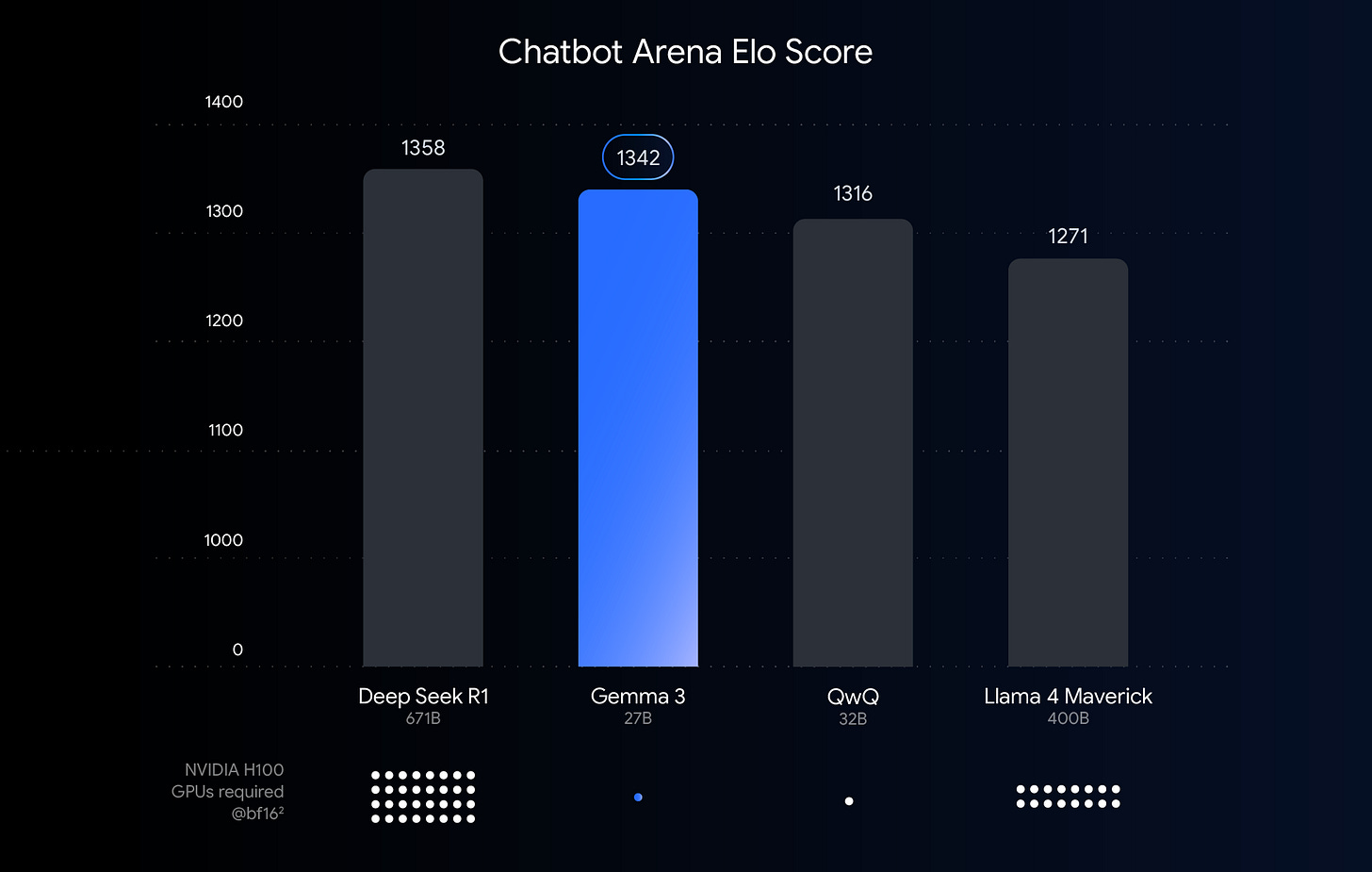#11: Agent Wars
PayPal drops Agentic Toolkit. Google unleashes Gemini 2.5. Anthropic says AI agents could do real work by 2026. OpenAI to buy Google Chrome? a16z raises $20B AI megafund & top Alpha.
Hi there, it’s Marc.
PayPal dropped the PayPal Agentic Toolkit — a full-blown suite to plug their APIs (orders, invoices, disputes, subscriptions) straight into AI agent frameworks. [full story]
Anthropic says AI agents could start doing real jobs by 2026—handling tasks in data, customer support, and project work. And, OpenAI projects $125B revenue by 2029—driven not by ChatGPT, but by AI agents and new product lines transforming monetization.
And much more.
“AI is not going to replace you—it’s going to allow you to explore more ideas, edit and create much faster.”
— Ely Greenfield, Chief Technology Officer at Adobe
Let’s dive in 👇
The Ultimate AI Vendor Intelligence Platform
Join the waitlist for exclusive early access 👉
Top Reads
AI in the Enterprise. OpenAI. Link
What's next for AI at DeepMind, Google's artificial intelligence lab. Link
Sam Altman Talks ChatGPT, AI Agents and Superintelligence. TED. Link
The Great Rewrite: AI, Bitcoin, and the Unraveling of the Old Monetary Order. Maja Vujinovic. Link
What Comes After Mobile? Perspective AI and Consumer Tech. Link
From Bitcoin Mining to AI Data Centres. 51 Insights. Link
Can AI Imitate Nature—or Will It Always Be a Synthetic Echo? Galaxy. Link
The Fastest Growing AI Startups. New Economies. Link
In the Matter of OpenAI vs LangGraph. Latent Space. Link
AI Robots at AI self driving cars stage in 2004. Michael Parekh. Link
Google Takes Aim at Cursor. 51x. Link
Alpha
Web2
Adobe launched a unified AI platform, Firefly, combining image, video, audio, and vector generation in one tool. With new models and partner integrations, it gives creators full control to ideate and produce content faster.
OpenAI’s new image generation API enables businesses to seamlessly integrate high-quality, professional-grade visuals into their tools.
Dentsu became the first global ad group to sign the EU AI Pact, committing to responsible AI use ahead of the 2026 AI Act.
Etsy launched an AI-powered shopping experience to surface trends early—helping shoppers discover unique styles before they go mainstream.
Canva is adding AI tools for image generation, coding, editing, and spreadsheets—turning its platform into an all-in-one creative and data workspace.
El Salvador partners with NVIDIA to build sovereign AI infrastructure, aiming to boost healthcare, education, and economic productivity.
Andreessen Horowitz is raising a $20B AI megafund to double down on U.S. growth-stage startups amid global investor demand.
NVIDIA is building AI supercomputers in the U.S. for the first time, starting with Blackwell chips in Arizona and factories in Texas.
Descript introduced Underlord, an AI Agent for real time video editing.
OpenAI is building native shopping into ChatGPT via Shopify, turning chat into a full-funnel commerce tool—giving merchants instant reach and users in-chat checkout.
Web3
Fetch.ai's ASI-1 Mini upgrade enables stateful, bidirectional communication between agents using the uAgents Chat Protocol, allowing dynamic, multi-step workflows and parallel task management.
Bybit unveils full AI integration—powering user tools like CryptoLens and TradeGPT, while automating 80% of support and streamlining legal, dev, and ops tasks.
Aethir launches “AI Unbundled” to connect AI teams with decentralised compute, funding, and go-to-market support.
Ora Protocol’s Onchain AI Oracle (OAO), integrated with Hive, uses optimistic machine learning on Ethereum to ensure verifiable AI inference.
0G Foundation announced the launch of their V3 Testnet named Galileo, an upgrade delivering a 70% performance boost over its predecessor, with a throughput of up to 2,500 transactions per second using an optimized CometBFT consensus mechanism.
Allora Network v0.11.0 has been released on Testnet. It enhances decentralized AI inference by improving nonce management, a critical blockchain mechanism where a number is used once to validate transactions.
Masa's Subnet 42, now fully migrated to a Trusted Execution Environment (TEE), ensures all data processing occurs in hardware-protected enclaves, enhancing security and privacy for AI developers using real-time data aggregation on the Bittensor network.
Inferium launched InferNode Public Sale offering nodes at a fixed $400 price, targeting AI enthusiasts with benefits like $IFR token rewards (24% allocation, 15% unlocked at TGE), revenue sharing, and early AI model access.
👉Enjoying 51x? Subscribe to our Web3 newsletter for business leaders
Google’s New State of Art Model
Google introduced its most advanced model— Gemini 2.5 Pro. [announcement]
What you should know:
Reasoning-first: Excels in math, science, and logic without costly post-processing techniques
Coding breakthrough: Scores 63.8% on SWE-Bench Verified—for AI-built apps from simple prompts
Built-in multimodality: Handles text, audio, images, video, and full codebases
1M token window: Long context support makes it ideal for enterprise-scale tasks
Why it matters: Google is pushing to embed agentic AI into workflows, search, and creative tools. This version debuts in Google AI Studio and Gemini Advanced, with Vertex AI support coming soon, making Google a complete suite for agentic needs. Also, it is a shift from Google’s static AI models to thinking systems—ones that reason, code, and scale.
Gemini 2.5 Pro vs Competitors: Gemini 2.5 Pro tops the LMArena leaderboard, outperforming GPT-4.5, Claude 3.7, and Grok-3 in overall human preference. While Claude edges ahead in coding (70.3% vs. 63.8% on SWE-Bench), Gemini’s well-rounded strength and 1M token context make it the go-to for general AI tasks.
Zooming in: This model’s strengths make it particularly valuable for:
Developers: Streamlining code generation and debugging.
Researchers: Analyzing complex datasets or conducting simulations.
Businesses: Automating tasks and gaining insights from large data volumes.
Our take: Gemini 2.5 proves useful in real-world tasks like data analysis and video summarization, making it a strong pick for general business use. But for best results, companies should match models to the job—others may outperform in specialized tasks like coding or summarization.
More links:
Gemma 3 Just Got Local
Gemma 3, Google’s new open model, now runs locally—bringing cloud-level AI to consumer GPUs via Quantization-Aware Training (QAT). [announcement]
It means: Top-tier performance—once limited to cloud or research setups—is now possible on desktop GPUs like the RTX 3090.
Why it matters: Most state-of-the-art models need expensive cloud setups or H100s to run. Gemma 3 QAT models shrink memory requirements without major quality loss, unlocking access for developers, startups, and prosumers.
What you should know:
Gemma 3 27B now fits in 14.1GB VRAM (down from 54GB)
Runs locally on a single RTX 3090
Gemma 3 12B works on RTX 4060 Laptop GPUs
4B and 1B versions can run on ultra-low-power devices
Why it works: QAT simulates quantization during training—avoiding performance hits seen in typical post-training compression.
Translation: smaller models, same brains.
You can run these models via tools like Ollama, LM Studio, MLX, llama.cpp, and more. The result: easier access, faster integration, and less reliance on the cloud.
That’s it for now.
– Marc & team
51: We help companies like Avalanche, Near, or MoonPay with industry-leading thought leadership campaigns to attract institutional clients. Interested?


